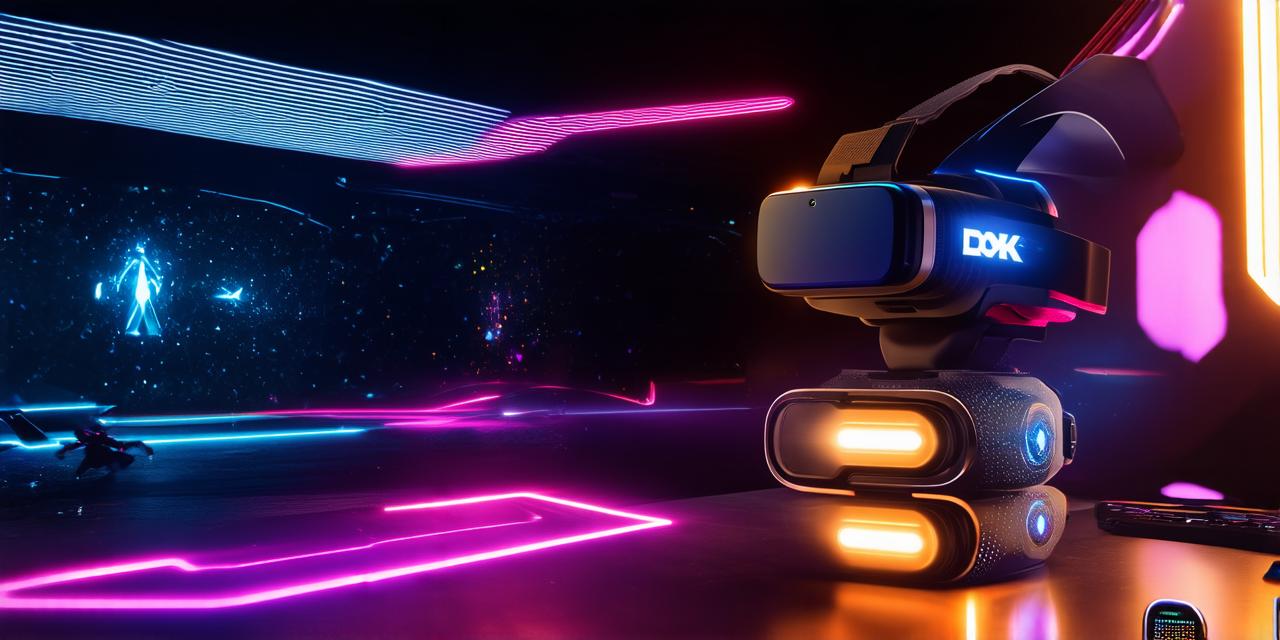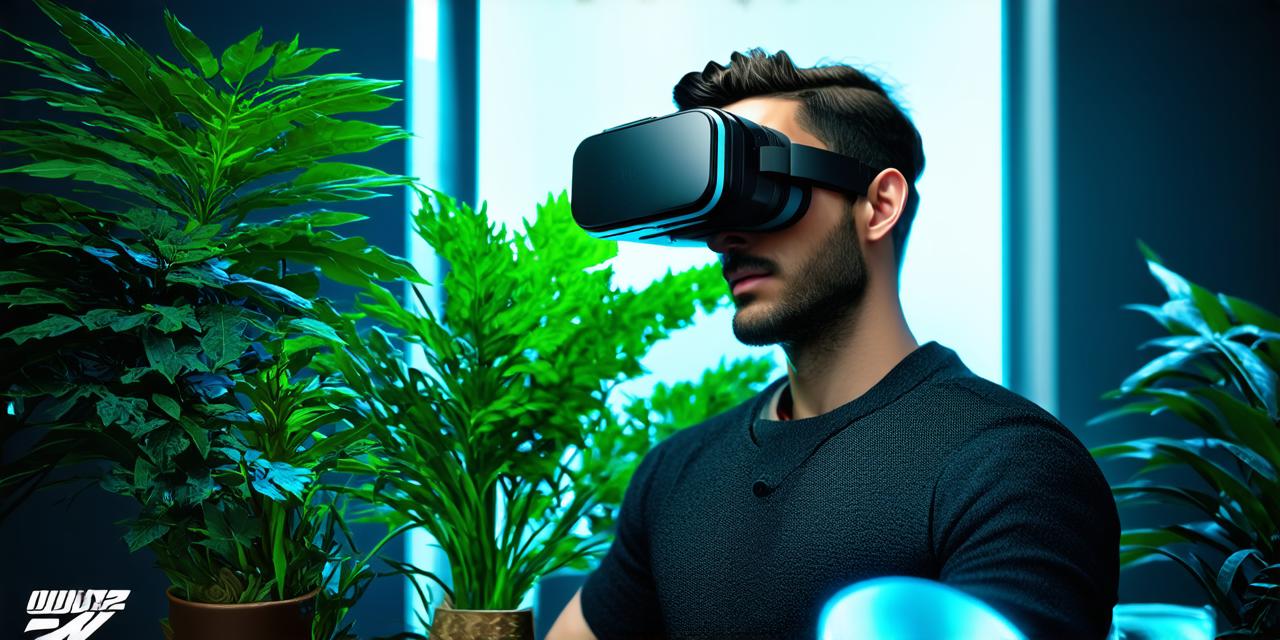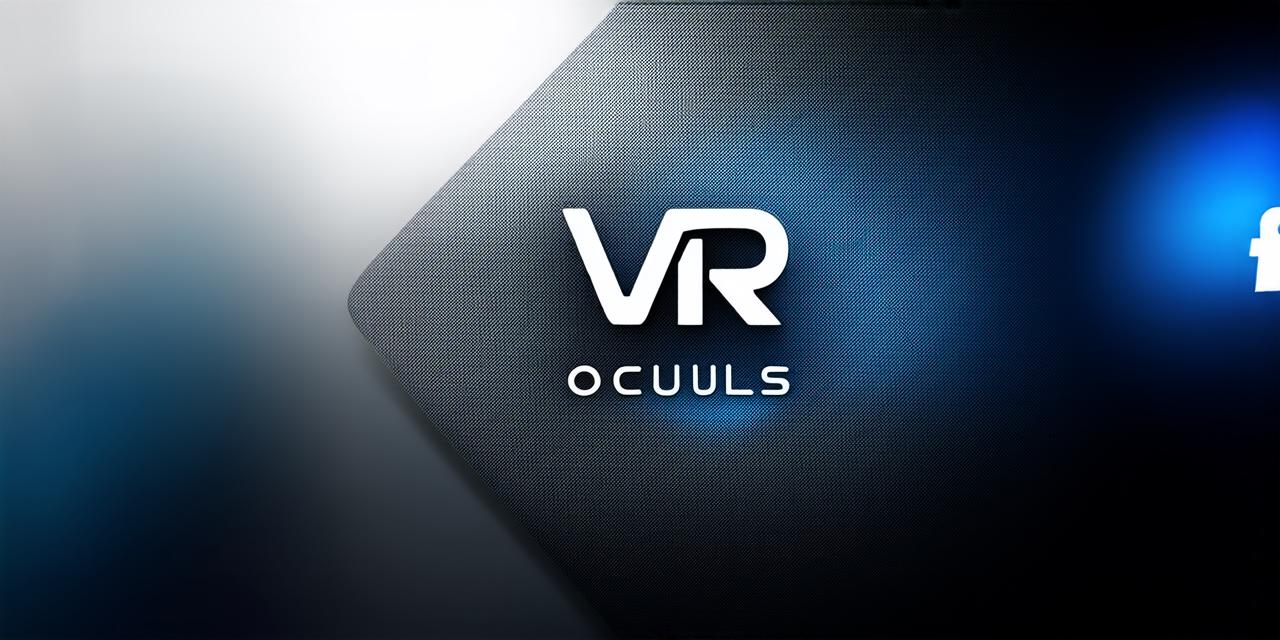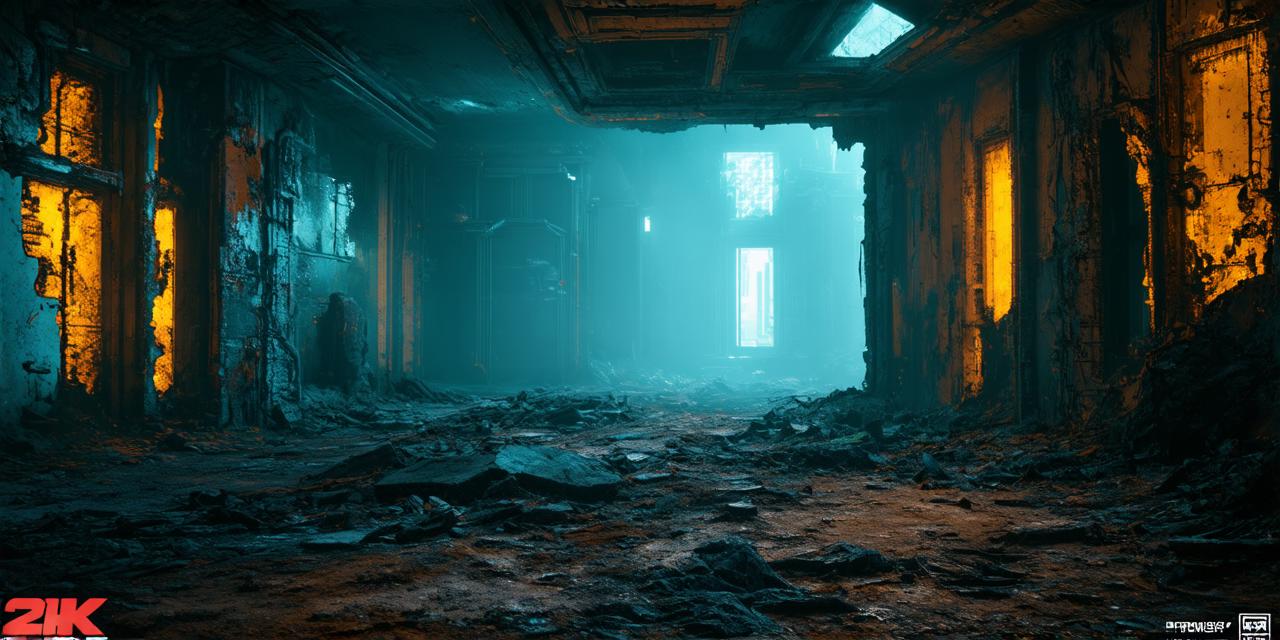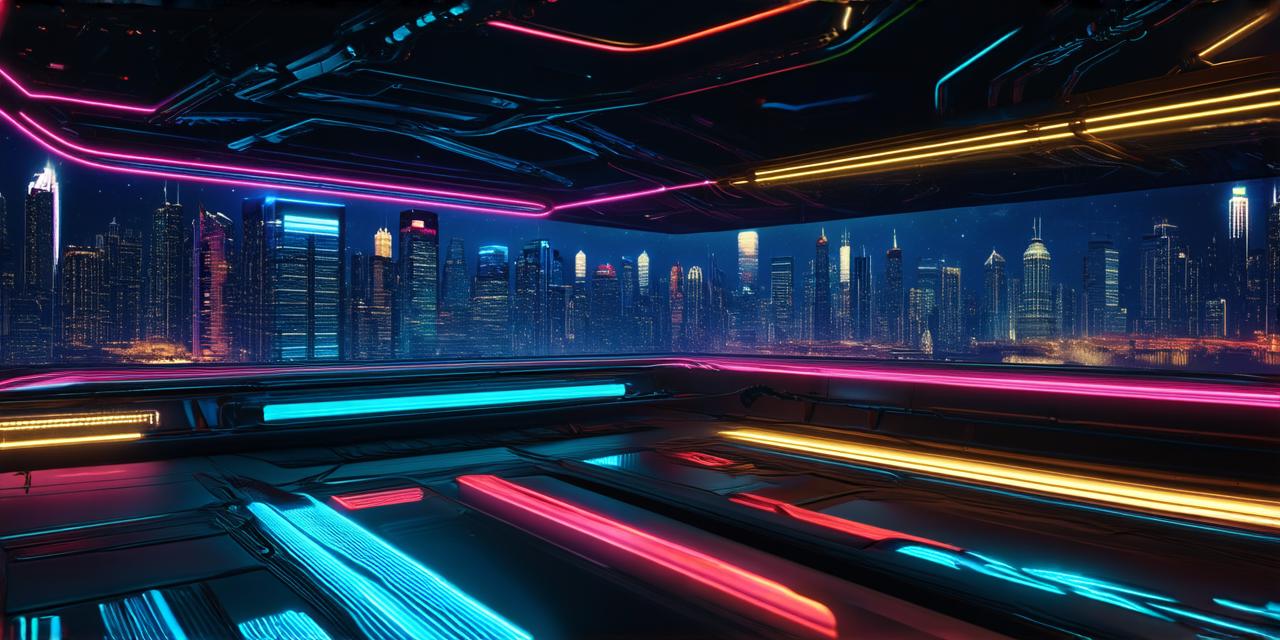Virtual reality (VR) is a rapidly growing technology that allows users to experience immersive, interactive environments.
While VR has been around for decades, recent advancements in hardware and software have made it more accessible and affordable than ever before. In this article, we’ll take a closer look at three different types of virtual reality: traditional VR, augmented reality (AR), and mixed reality (MR).
Traditional Virtual Reality (TVR)
Traditional virtual reality, also known as head-mounted display (HMD) or desktop VR, is the most common form of VR. It involves wearing a headset or goggles that displays stereoscopic images, creating the illusion of depth and 3D space. TVR typically requires a high-powered computer with specialized graphics hardware to run smoothly.
One popular example of TVR is the Oculus Rift, which was first released in 2016. The Rift uses two screens to display stereoscopic images, and includes hand controllers for interacting with virtual objects. The Rift has been used in a variety of applications, including gaming, education, and training simulations.
Another example of TVR is the HTC Vive, which was also released in 2016. The Vive uses room-scale tracking to allow users to move around freely while wearing the headset, making it ideal for immersive gaming experiences.
Augmented Reality (AR)
Augmented reality is a form of virtual reality that overlays digital information onto the real world. Unlike TVR, AR doesn’t require a headset or special glasses to see the virtual content. Instead, it uses a smartphone or tablet to display augmented images on the screen.
One popular example of AR is Pokemon Go, the mobile game that took the world by storm in 2016. Pokemon Go uses GPS and camera technology to create an interactive gaming experience that overlays digital characters and objects onto the real world.
Another example of AR is Snapchat filters, which allow users to add digital effects to their photos and videos. The filters use AR to superimpose images and animations onto the user’s face or body.
Mixed Reality (MR)
Mixed reality is a form of virtual reality that combines elements of TVR and AR. It allows users to interact with both real-world objects and digital content in a seamless, immersive environment.
One example of MR is the Microsoft HoloLens, which was first released in 2016. The HoloLens uses holographic displays to project 3D images into the user’s field of view, allowing them to interact with virtual objects and environments in a natural way. The HoloLens has been used in a variety of applications, including gaming, education, and medical training.
Another example of MR is the Magic Leap, which was also released in 2016. The Magic Leap uses light-based displays to project digital content onto real-world surfaces, creating an immersive environment that blends virtual objects with the physical world.
Comparison and Analysis
While TVR, AR, and MR are all forms of virtual reality, they differ in terms of hardware requirements, user experience, and application potential.
TVR is generally more powerful and expensive than AR and MR, but it offers a more immersive and realistic experience. It’s ideal for applications that require high-fidelity graphics and advanced interactivity, such as gaming or simulation training.
AR, on the other hand, is more accessible and affordable than TVR, but it has less potential for creating fully immersive environments. It’s ideal for applications that require real-time interaction with the physical world, such as marketing, advertising, and design.
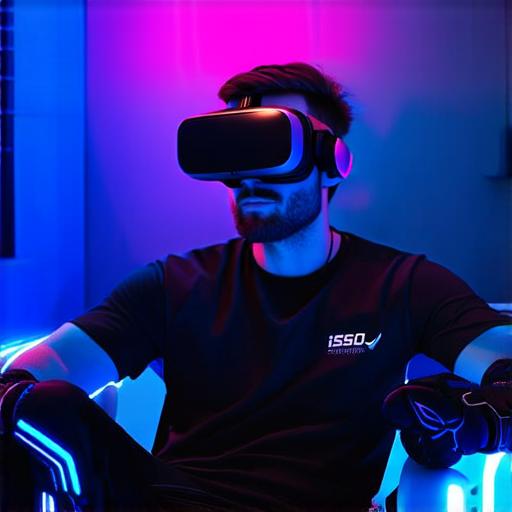
MR falls somewhere between TVR and AR in terms of hardware requirements and application potential.
